This section is intended to provide a basic knowledge of chords, how to build them, and how to use them. Some of you may already know this; if so, go catch a matinee or something. If not, read on and learn how to impress your friends who dont know.
Triads
A chord is simply a collection of notes deliberately arranged in a harmonious (or sometimes non-harmonious) fashion. The most common type of chord is called a triad. The name triad is telling you the number of notes in the chord: three. Triads can be one of four different qualities: major, minor, augmented, or diminished. The accompanying figure shows the C Major triad.
 The words root, third, and fifth below the notes on the staff indicate how each note functions within the chord. A root note is the foundation of the chord and the note after which the chord will be named.
The words root, third, and fifth below the notes on the staff indicate how each note functions within the chord. A root note is the foundation of the chord and the note after which the chord will be named.
The word triad is often used interchangeably with the word chord. If you hear someone say, Play a C chord, thats the same as saying play a C triad.
Intervals
The other two notes in our C triad (the 3rd and the 5th) are responsible for the quality of the chord. The notes C and E are an interval (or distance) of a major 3rd apart. Intervals are comprised of two components: a number and a quality.
 The number part is easy. You can determine that C to E is a 3rd by simply counting through the musical alphabet. Starting from C: C is one, D is two, and E is three. (The word root is often used interchangeably with the number 1. For all practical purposes, they mean the same thing.) From C to G is a 5th, and you can confirm this by again counting up from C: C(1)-D(2)-E(3)-F(4)-G(5).
The number part is easy. You can determine that C to E is a 3rd by simply counting through the musical alphabet. Starting from C: C is one, D is two, and E is three. (The word root is often used interchangeably with the number 1. For all practical purposes, they mean the same thing.) From C to G is a 5th, and you can confirm this by again counting up from C: C(1)-D(2)-E(3)-F(4)-G(5).
Determining the quality of an interval isnt quite as easy and will require a bit of memorization, but its very logical.The accompanying figure shows all 12 notes in the chromatic scale and their intervals measured from a C root note.
 You can see a few formulas here at work. The first thing you should notice is that a minor interval is always one half step smaller than a major interval. C to E is a major 3rd, whereas C to E
You can see a few formulas here at work. The first thing you should notice is that a minor interval is always one half step smaller than a major interval. C to E is a major 3rd, whereas C to E  is a minor 3rd. C to A is a major 6th, whereas C to A
is a minor 3rd. C to A is a major 6th, whereas C to A  is a minor 6th, and so on.
is a minor 6th, and so on.
The next thing you should notice is how 4ths and 5ths work. You can see that an augmented interval is always one half step greater than a perfect one, and a diminished interval is always one half step smaller.
 Any triad of one of the four qualities will contain a root, 3rd, and 5th. Other types of triads you may encounter include 6 chords, sus4 chords, and sus2 chords. Theses chords are the product of (in the case of sus4 and sus2 chords) replacing the 3rd with another note or (in the case of 6 chords) replacing the 5th (or sometimes adding to it) with another note.
Any triad of one of the four qualities will contain a root, 3rd, and 5th. Other types of triads you may encounter include 6 chords, sus4 chords, and sus2 chords. Theses chords are the product of (in the case of sus4 and sus2 chords) replacing the 3rd with another note or (in the case of 6 chords) replacing the 5th (or sometimes adding to it) with another note.
The accompanying figure shows several different qualities of triads which will allow you to examine these intervals at work and note how they affect the names of these chords.
7th Chords
Beyond the triad, you encounter many more chords, most commonly 7th chords. These chords will not only contain the root, 3rd, and 5th, but also the 7th. The accompanying figure shows a few common 7th chords. (Note that the 7th interval may be major or minor independent of the 3rd, thus affecting the name of the chord.)
Extensions
Finally, beyond 7th chords, you have extensions. The concept of extensions is a bit complicated and will only be touched upon here, as it requires more extensive study than is possible within the scope of this book.
 Basically, extended chords continue the process of stacking notes onto a triad that we began with the 7th chord. Instead of only adding the 7th to the chord, however, in a 9th chord youll add the 7th and the 9th to your triad. In an 11th chord, youll add the 7th, 9th, and 11th to our triad, and so on.
Basically, extended chords continue the process of stacking notes onto a triad that we began with the 7th chord. Instead of only adding the 7th to the chord, however, in a 9th chord youll add the 7th and the 9th to your triad. In an 11th chord, youll add the 7th, 9th, and 11th to our triad, and so on.
 Now, heres the catch: not all the notes need to be present in an extended chord. The general rule is, if the 7th is present, then notes other than the root, 3rd, and 5th are extensions and therefore numbered an octave higher (9, 11, 13). Since youre only capable of playing four notes at a time on the ukulele, you must decide which notes are important and which notes you can omit.
Now, heres the catch: not all the notes need to be present in an extended chord. The general rule is, if the 7th is present, then notes other than the root, 3rd, and 5th are extensions and therefore numbered an octave higher (9, 11, 13). Since youre only capable of playing four notes at a time on the ukulele, you must decide which notes are important and which notes you can omit.

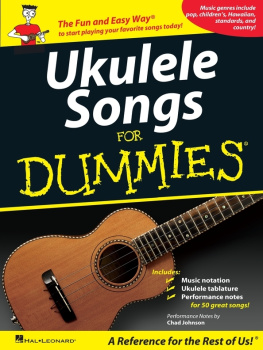
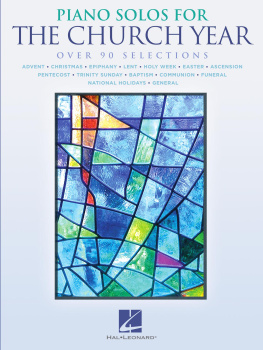
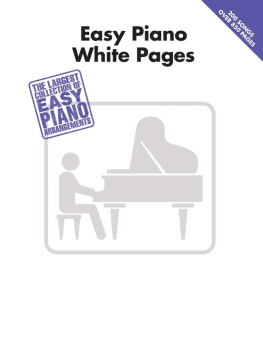


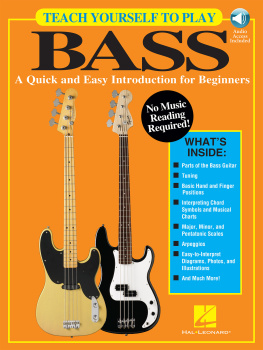
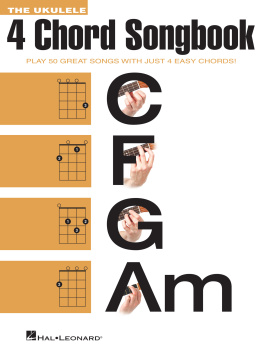
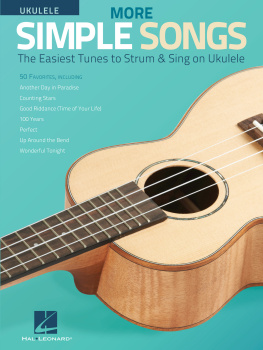









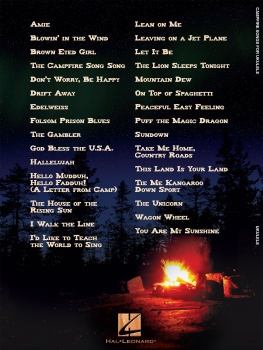
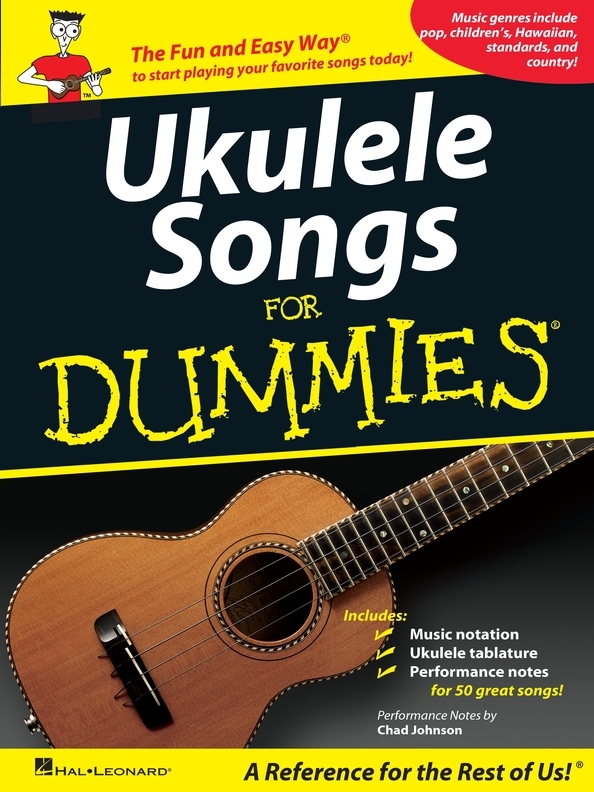
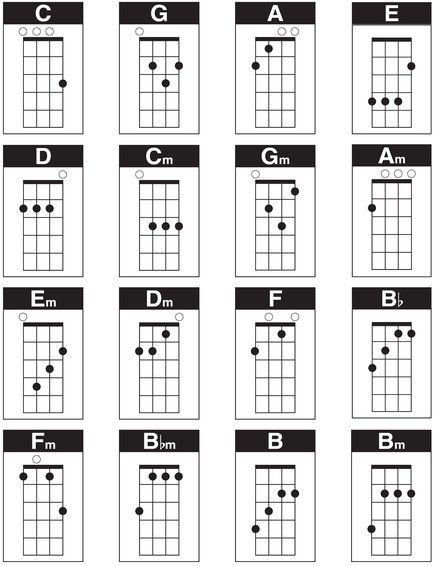
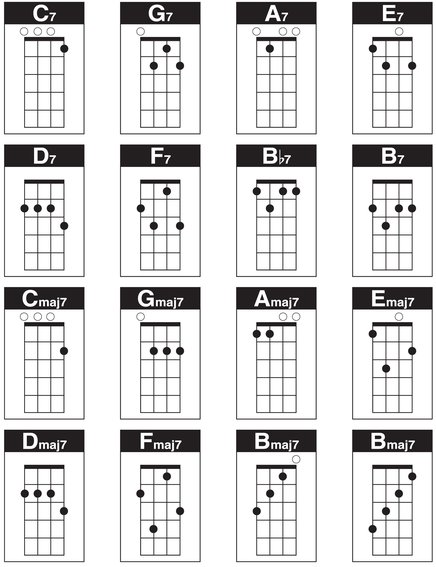
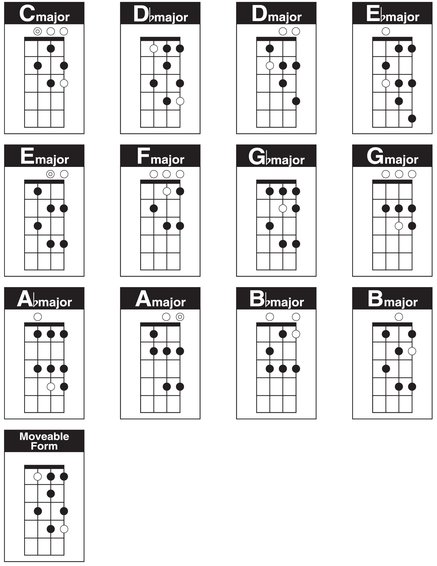

 The words root, third, and fifth below the notes on the staff indicate how each note functions within the chord. A root note is the foundation of the chord and the note after which the chord will be named.
The words root, third, and fifth below the notes on the staff indicate how each note functions within the chord. A root note is the foundation of the chord and the note after which the chord will be named. The number part is easy. You can determine that C to E is a 3rd by simply counting through the musical alphabet. Starting from C: C is one, D is two, and E is three. (The word root is often used interchangeably with the number 1. For all practical purposes, they mean the same thing.) From C to G is a 5th, and you can confirm this by again counting up from C: C(1)-D(2)-E(3)-F(4)-G(5).
The number part is easy. You can determine that C to E is a 3rd by simply counting through the musical alphabet. Starting from C: C is one, D is two, and E is three. (The word root is often used interchangeably with the number 1. For all practical purposes, they mean the same thing.) From C to G is a 5th, and you can confirm this by again counting up from C: C(1)-D(2)-E(3)-F(4)-G(5).
 You can see a few formulas here at work. The first thing you should notice is that a minor interval is always one half step smaller than a major interval. C to E is a major 3rd, whereas C to E
You can see a few formulas here at work. The first thing you should notice is that a minor interval is always one half step smaller than a major interval. C to E is a major 3rd, whereas C to E  is a minor 3rd. C to A is a major 6th, whereas C to A
is a minor 3rd. C to A is a major 6th, whereas C to A  Any triad of one of the four qualities will contain a root, 3rd, and 5th. Other types of triads you may encounter include 6 chords, sus4 chords, and sus2 chords. Theses chords are the product of (in the case of sus4 and sus2 chords) replacing the 3rd with another note or (in the case of 6 chords) replacing the 5th (or sometimes adding to it) with another note.
Any triad of one of the four qualities will contain a root, 3rd, and 5th. Other types of triads you may encounter include 6 chords, sus4 chords, and sus2 chords. Theses chords are the product of (in the case of sus4 and sus2 chords) replacing the 3rd with another note or (in the case of 6 chords) replacing the 5th (or sometimes adding to it) with another note.

 Basically, extended chords continue the process of stacking notes onto a triad that we began with the 7th chord. Instead of only adding the 7th to the chord, however, in a 9th chord youll add the 7th and the 9th to your triad. In an 11th chord, youll add the 7th, 9th, and 11th to our triad, and so on.
Basically, extended chords continue the process of stacking notes onto a triad that we began with the 7th chord. Instead of only adding the 7th to the chord, however, in a 9th chord youll add the 7th and the 9th to your triad. In an 11th chord, youll add the 7th, 9th, and 11th to our triad, and so on. Now, heres the catch: not all the notes need to be present in an extended chord. The general rule is, if the 7th is present, then notes other than the root, 3rd, and 5th are extensions and therefore numbered an octave higher (9, 11, 13). Since youre only capable of playing four notes at a time on the ukulele, you must decide which notes are important and which notes you can omit.
Now, heres the catch: not all the notes need to be present in an extended chord. The general rule is, if the 7th is present, then notes other than the root, 3rd, and 5th are extensions and therefore numbered an octave higher (9, 11, 13). Since youre only capable of playing four notes at a time on the ukulele, you must decide which notes are important and which notes you can omit.